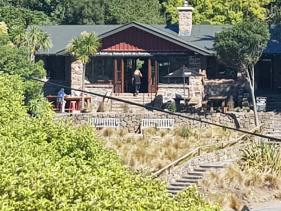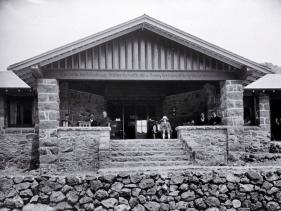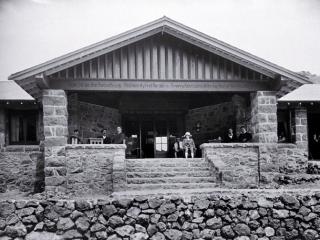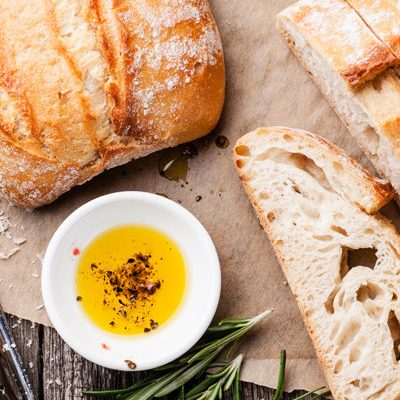
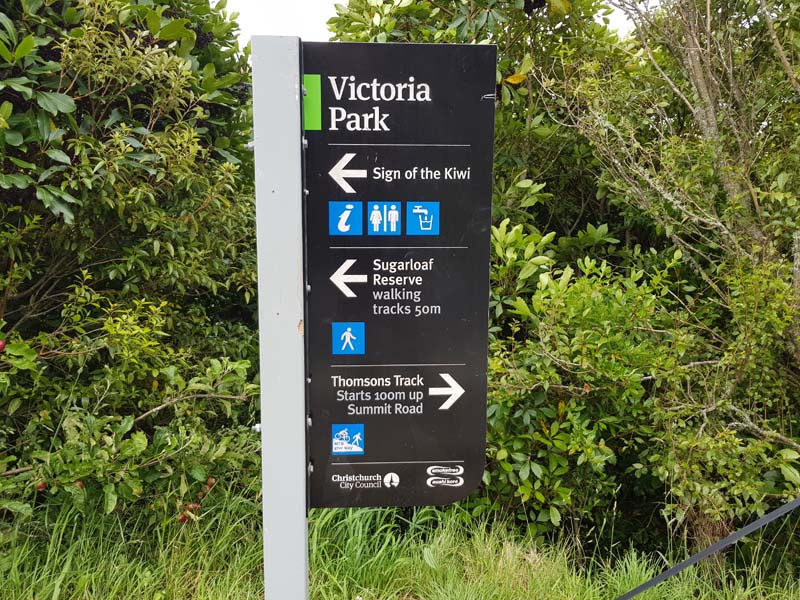
Open and making good coffee!
Serving great coffee and delicious food!
Loads of seating inside and outside.
Icecream being served.
Welcome to the Sign of the Kiwi Christchurch
Within this beautiful historic building with a rich history is a cafe serving coffee and scones along with other delicious foods or even ice cream.
This is a fantastic cafe to have as part of our cities food culture with a slice of Christchurch history providing great views across the city and a place to rest before continuing on with your day.
There is plenty of outside seating that you can sit with your dog or friends, some car parking is available and public restrooms are located next to the cafe.
The top of the Christchurch Adventure park which has a chair lift for mountain bike riders and the place of the famous Zip Line is close by as well.
This historic building is located at the top of a walking track "see Harry Ell Walkway" a favourite walk for many in Christchurch where you can start at the Sign of the Takahe and end at the Sign of the Kiwi.
Both sites were part of a vision that Harry Ell had for the hills around Christchurch, to provide places of rest or opportunities to have refreshments whilst enjoying the wonderful tracks, these places being the Kiwi, Bellbird, Packhorse and Takahe.
History of the Sign of The Kiwi
The Sign of the Kiwi, was originally the Toll House and is now a café at the top of the Dyers Pass on the road running between Christchurch City and Governors Bay.
It was built in 1916–17 one of four historic rest houses constructed for those walking the scenic reserves of the Port Hills, the Sign of the Kiwi is a part of Harry Ell's legacy to Christchurch.
One other of the rest houses is the Sign of the Takahe. at the bottom of the Harry Ell track.
The Sign of the Kiwi was designed by architect Samuel Hurst Seager who also designed two other smaller rest houses, the Sign of the Packhorse (1916-1917) and the Sign of the Bellbird (1914) with J. G. Collins designing the Sign of the Takahe with Harry Ell driving the design style.
Harry’ Ell a passionate local politician was the driving force behind the rest houses, tracks and Port Hills’ Summit Road. He wanted to conserve the natural state of the Port Hills and make it more accessible to the public. He envisioned a road between Godley Heads and Akaroa, linking numerous scenic reserves together with rest houses at regular intervals where the public could rest and be refreshed. By 1915, he had secured 23 reserves in all, purchased either by loans or given as gifts to his project.
The Sign of the Kiwi was Harry Ell’s third rest house and unfortunately the last to be completed during his life as he had planned 24 in all. The first had been the Sign of the Bellbird (1914), then the Sign of the Packhorse (1917) and both were designed by Samuel Hurst Seager. For what would be first known as the ‘Toll House’, Harry Ell chose Coronation Hill, which had been set aside to acknowledge the coronation of King George V in 1912. It was here that the first sod of the Summit Road was turned on 8th November 1908. The Sign of the Kiwi was officially opened on 9th June 1917 and it would cause nothing but controversy for Ell.
The Sign of the Kiwi was registered by Heritage New Zealand as a Category I historic place in 1989.
Sources
christchurch city libraries
Peeling back history



